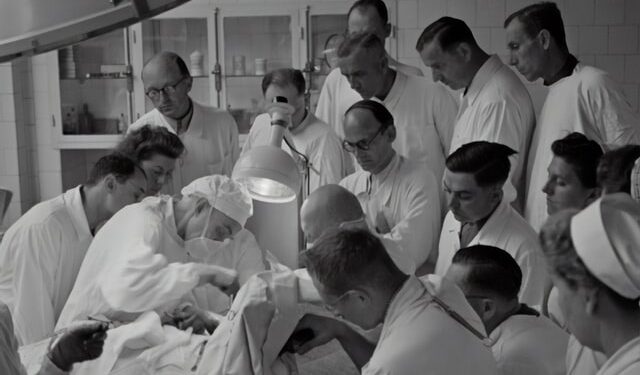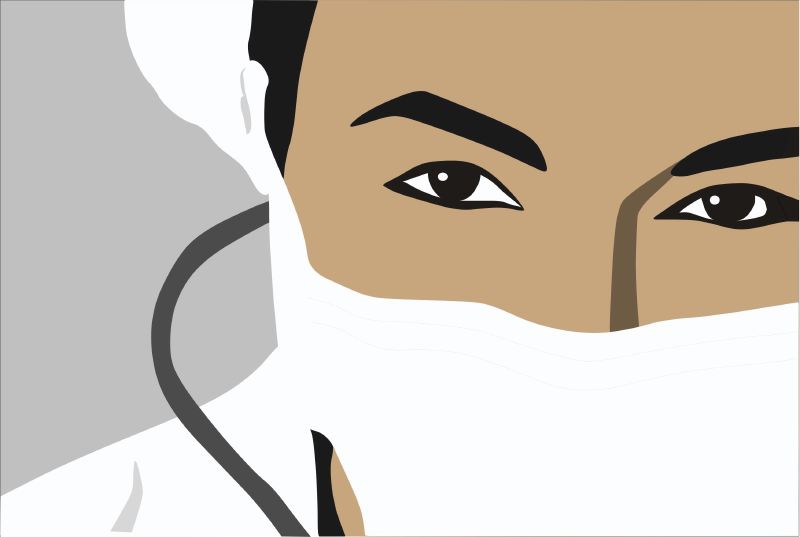
In this article, we explore the history of the “burnout syndrome” in general and as it relates to physicians specifically. Why is physician burnout history important? Simply because there is an under-recognized epidemic out there, which impacts upon patient care, the lives of doctors and their families. Physician burnout is a global challenge requiring mult-faceted solutions. To start, we would benefit from a physician burnout history lesson.
The “burnout syndrome” is a combination of emotional exhaustion, cynicism, and perceived inefficacy resulting from long-term job stress.
It is generally accepted that burnout is a long-term occupational stress reaction involving the triad of:
The burned-out physician described as “is angry, irritable, impatient, has increased absenteeism, decreased productivity and decreased quality of care.”
Burnout was first described in 1974 by the clinical psychologist Herbert Freudenberger, who often volunteered at a free clinic in the then drug-ridden East Village of New York City. Over time, Freudenberger observed emotional depletion and accompanying psychosomatic symptoms among the clinic’s volunteer staff. He called the phenomenon “burnout,” borrowing the term from drug-user slang.
Freudenberger defined burnout as exhaustion resulting from “excessive demands on energy, strength, or resources” in the workplace, characterizing it by a set of symptoms including malaise, fatigue, frustration, cynicism, and inefficacy.
Here is his classic description of a burned out colleague:
… He becomes the ‘house cynic.’ Anything that is suggested is bad rapped or bad mouthed. … A sign that is difficult to spot until a closer look is taken is the amount of time a person is now spending in the free clinic. A greater and greater number of physical hours are spent there, but less and less is being accomplished.
“There is a feeling of exhaustion, being unable to shake a lingering cold, suffering from frequent headaches and gastrointestinal disturbances, sleeplessness and shortness of breath.
… The burn-out candidate finds it just too difficult to hold in feelings. He cries too easily, the slightest pressure makes him feel overburdened and he yells and screams.
With the ease of anger may come a suspicious attitude, a kind of suspicion and paranoia. The victim begins to feel that just about everyone is out to screw him.
… He becomes the ‘house cynic.’ Anything that is suggested is bad rapped or bad mouthed.
… A sign that is difficult to spot until a closer look is taken is the amount of time a person is now spending in the free clinic. A greater and greater number of physical hours are spent there, but less and less is being accomplished.
He just seems to hang around and act as if he has nowhere else to go. Often, sadly, he really does not have anywhere else to go, because in his heavy involvement in the clinic, he has just about lost most of his friends”
Furthermore, Freudenberger noted that burnout often occurred in contexts requiring large amounts of personal involvement and empathy, primarily among “the dedicated and the committed.”
Over the next decade, the social psychologist Christina Maslach built upon Freudenberger’s work. At the University of California, Berkeley, Maslach developed a model of burnout consisting of three dimensions:
In 1981, she proposed the Maslach Burnout Inventory (MBI), which consists of three subscales to measure the extent of an individual’s symptoms along each dimension. The MBI remains the most commonly used instrument to assess burnout to this day.
Burnout is highly prevalent among the caring professions. It is typically associated with chronic stress associated with emotionally intense work demands and insufficient resources – i.e. healthcare systems since the dawn of healthcare systems.
Amongst physicians, emotional exhaustion includes feeling “used up” at the end of a workday and having nothing left to offer patients from an emotional standpoint. Depersonalization includes feelings of treating patients as objects rather than human beings and becoming more unsympathetic towards those whom we serve. A sense of reduced personal accomplishment involves feelings of ineffectiveness and a lack of value in the results of work-related endeavors.
We have previously written on the prevalence of burnout in physicians here; why physicians don’t seek help here; and the impact of COVID-19 on burnout here.
In this article we have covered a brief history of the burnout syndrome. What is our next right step?
Firstly, we can take lessons from the early descriptions of burned-out doctors: the “house cynic” spending too many hours at work and increasingly unhappy and unproductive, losing their ability to care. The exploding rage. The unexplained somatic symptoms.
Secondly, physicians need to do something about it.
If you think you may be burned out, you may want to consider a self-assessment with our resources on Physician Burnout Tests.
You are very welcome to join our anonymous, MD coach-facilitated peer-support groups.
Read on for:
